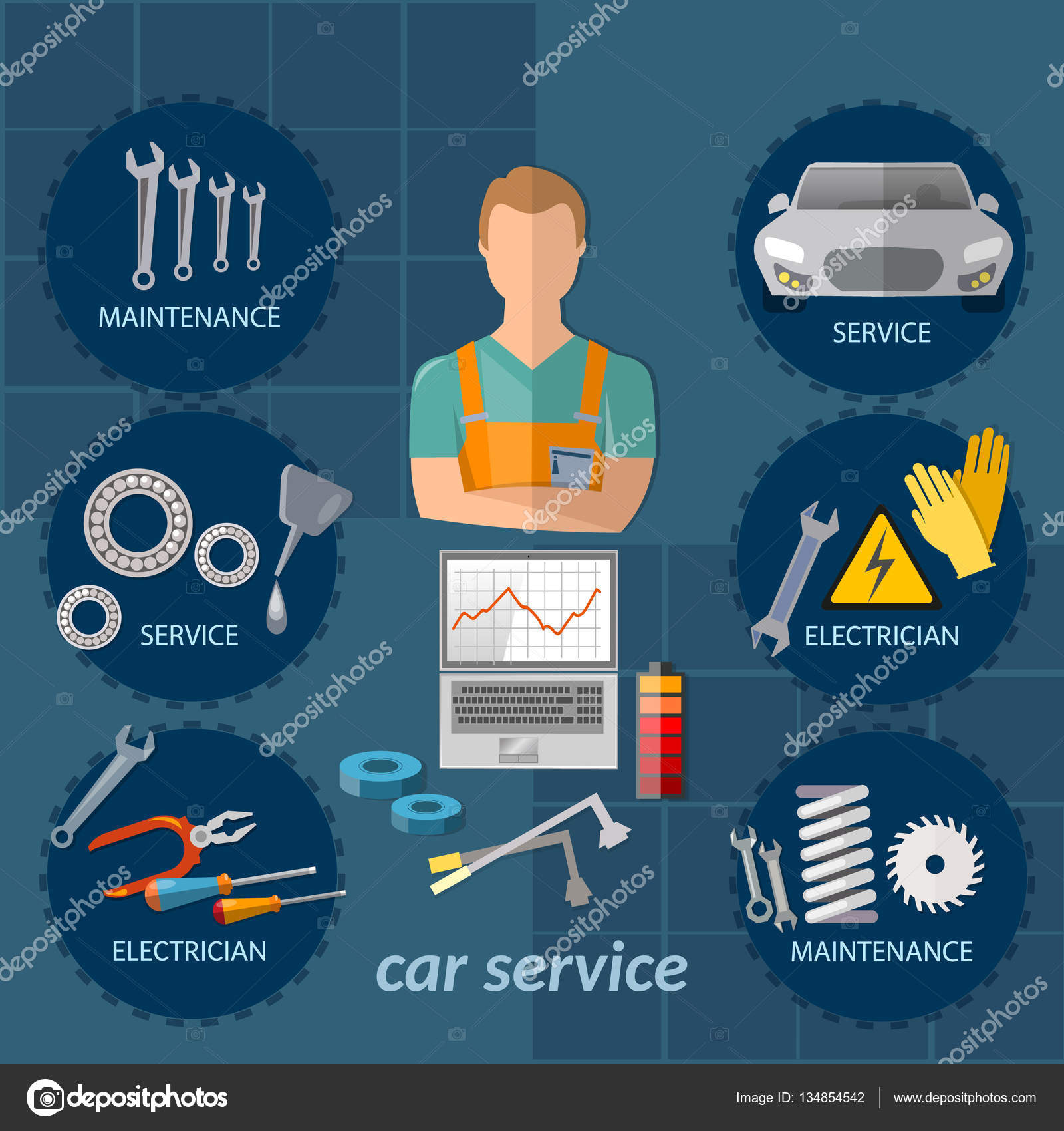But Just How Do You Resolve Spongy Brake Pedals? Find Out The Remedy Listed Below!
But Just How Do You Resolve Spongy Brake Pedals? Find Out The Remedy Listed Below!
Blog Article
Authored By-Sharma Birch
When it concerns your lorry's brake system, understanding usual issues can save you from prospective safety and security threats. From identifying brake pad wear to addressing brake fluid leakages, understanding exactly how to take on these troubles is crucial. However what about https://www.wbrc.com/2022/03/18/auto-repair-shops-are-busy-following-wednesdays-flash-flooding/ ? There's a fix for that too. Keep tuned to get more information about these problems and the sensible services that can keep you safely when driving.
Brake Pad Use and Replacement
When it pertains to maintaining your lorry's brake system, one crucial facet to keep an eye on is the wear and replacement of brake pads. Brake pads are necessary parts that push versus the brake rotors to reduce or quit your vehicle. Gradually, these pads wear down as a result of friction, requiring normal inspection and replacement to ensure your brakes operate effectively.
To determine if your brake pads need replacement, listen for shrieking or grinding sounds when you use the brakes. In addition, if your vehicle takes longer to stop or you see vibrations or pulsations when stopping, it might be time to change the brake pads.
Disregarding used brake pads can lead to lowered stopping performance, damage to other brake parts, or even brake failure.
Replacing brake pads is a fairly straightforward process for lots of vehicles. Nevertheless, if you're unsure or awkward doing this job, it's ideal to consult an expert technician to ensure proper installation and optimal brake efficiency.
Consistently inspecting and replacing brake pads is important for your safety and security and the longevity of your vehicle's stopping system.
Brake Liquid Leaks and Upkeep
To guarantee your automobile's brake system operates optimally, it is necessary to likewise pay attention to brake liquid leaks and maintenance. Brake fluid is vital for transmitting the force from your foot on the brake pedal to the real stopping mechanism. One common problem with brake fluid is leaks, which can take place as a result of worn-out brake lines, seals, or links. If you notice a puddle or leaks under your vehicle, it's essential to resolve the leakage quickly to avoid a prospective brake failing.
Regularly inspecting your brake fluid level is vital to preserving your brake system. Reduced https://airliftperformance96273.smblogsites.com/31189619/techniques-for-your-car-service-center-to-promote-environmental-sustainability-and-minimize-influence can result in air entering the brake lines, which jeopardizes braking efficiency.
Additionally, old or polluted brake liquid can impact the general performance of your brakes. It's recommended to follow the manufacturer's guidelines on when to change the brake fluid, typically every 2 years.
Spongy Brake Pedal: Blood Loss Brakes
If you've ever before experienced a spongy brake pedal while driving, you understand the importance of maintaining a firm and receptive stopping system. One common root cause of a squishy brake pedal is air trapped in the brake lines. When air goes into the brake system, it can bring about a loss of hydraulic stress, causing that unsettling spongy feeling when you push the brake pedal.
To resolve this problem, bleeding the brakes is essential. Hemorrhaging the brakes includes removing the air from the brake lines to bring back appropriate hydraulic pressure.
To hemorrhage the brakes, you'll need a helper to aid you. Start by situating the brake bleeder valve on each wheel, generally discovered near the brake caliper. With a wrench, loosen up the valve and have your helper press the brake pedal while you observe any air bubbles appearing. Repeat this process for every wheel, starting from the wheel farthest from the master cylinder and moving better.
Once you no longer see air bubbles and only clear liquid emerges, tighten the valve and top up the brake fluid storage tank as required. Hemorrhaging the brakes helps make sure a company brake pedal and improves general braking efficiency.
Conclusion
Now that you recognize typical brake concerns and just how to fix them, you can guarantee your car's safety and security and efficiency. Remember to pay attention for warning signs like shrieking sounds or spongy brake pedals, and address them quickly. Regular maintenance and prompt replacements are vital to keeping your brakes in top problem. Stay positive and conscientious to your brake system to enjoy risk-free and reliable driving experiences.
